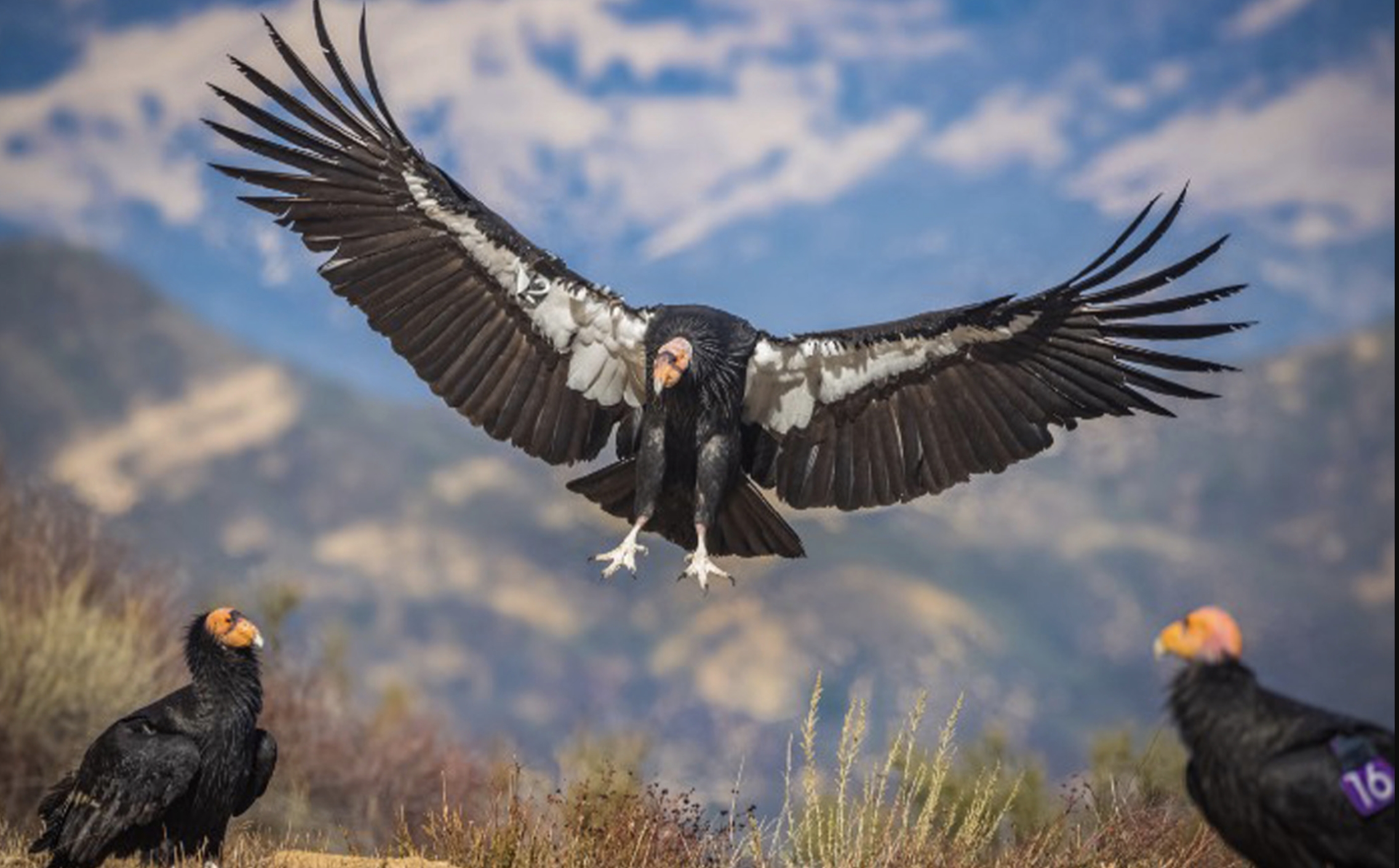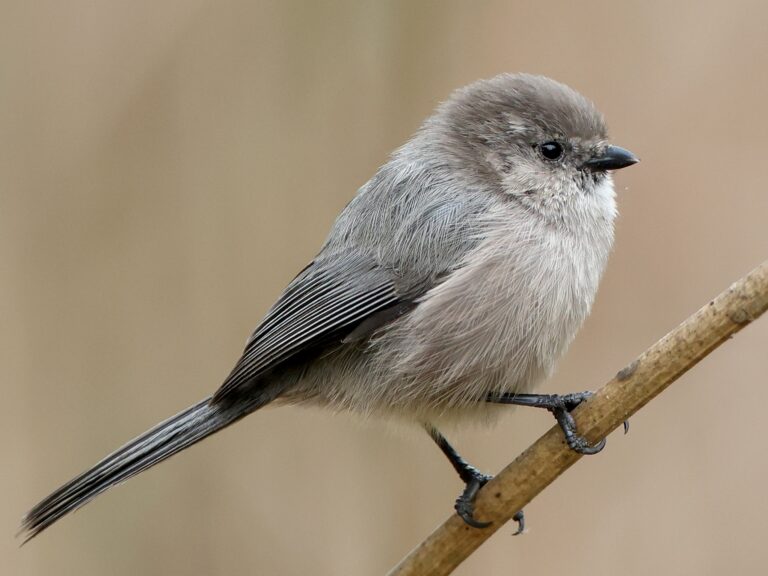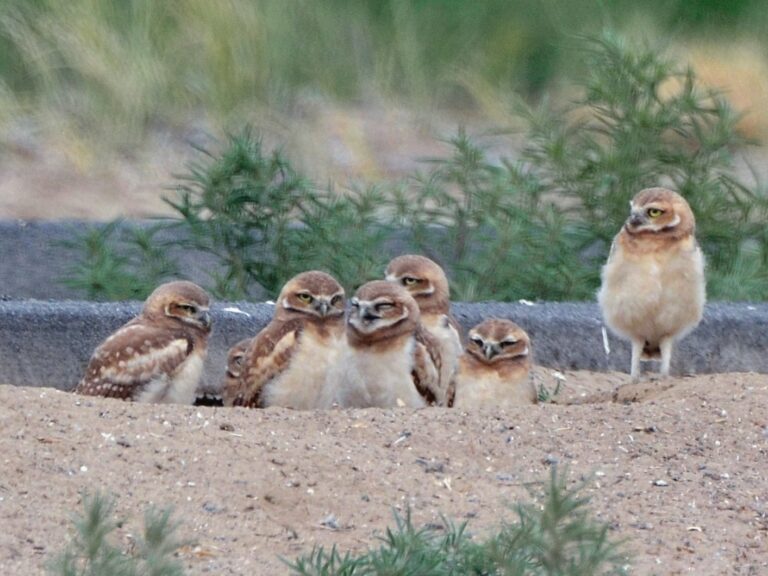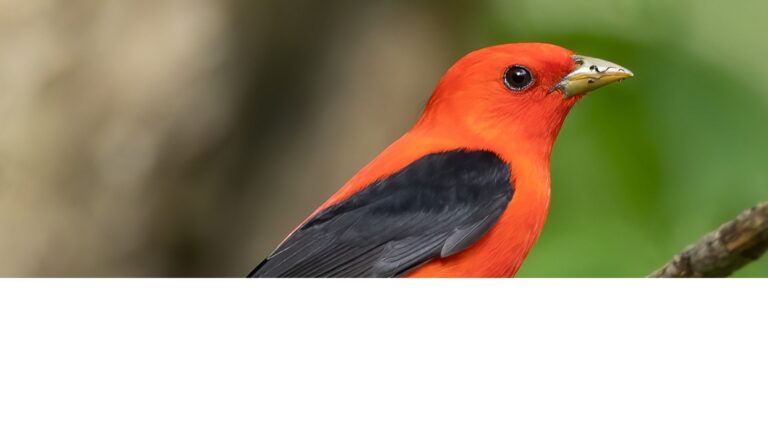California Condor: Effective Conservation Efforts for a Thriving Future
The California Condor is one of the most remarkable birds in North America and holds the title of the largest land bird on the continent.
With the scientific name Gymnogyps californianus, this species is critically endangered, facing numerous threats to its survival, including habitat loss and lead poisoning.
Conservation efforts have been put in place to protect the remaining wild populations and to boost their numbers through breeding programs.
These majestic birds can often be recognized by their impressive wingspan, which can exceed nine feet.
They play a vital role in their ecosystem, scavenging on carrion and helping to maintain the health of their environment.
Despite the challenges they face, dedicated conservationists continue their work to ensure that this iconic species can thrive once again in its natural habitat.
The struggle of the California Condor is a powerful reminder of the impact humans have on wildlife.
Readers will discover how these birds adapt to their environments, the ongoing efforts to save them, and the challenges still ahead.
Key Takeaways
- The California Condor is the largest land bird in North America.
- This species is critically endangered, primarily due to human activities.
- Conservation efforts are essential for the recovery of its populations.
Physical Characteristics and Behavior
The California Condor is known for its impressive wingspan and unique scavenging habits. These features make it a fascinating species in the avian world, highlighting its role in the ecosystem.
Wingspan and Appearance
The California Condor exhibits one of the largest wingspans of any North American bird, reaching up to 10 feet (3 meters) from tip to tip.
This wingspan is designed for soaring over vast distances with minimal energy use.
Their feathers are predominantly black, accented by white patches on the wings.
Adult condors can be identified by their bald head, which varies in color from pink to orange. This adaptation helps them stay clean while feeding on carrion.
The large size and striking appearance of the California Condor make it easily recognizable in the wild.
Diet and Scavenging Behavior
As scavengers, California Condors primarily feed on carrion, which includes dead animals like deer, livestock, and smaller mammals.
They rely on their keen eyesight to spot carcasses from the sky.
Condors often gather in groups, sometimes more than five, around a food source.
This behavior helps them defend their meals from other scavengers.
Their role as scavengers makes them important to the ecosystem by helping to clean up dead animals and prevent the spread of disease.
The California Condor’s diet and scavenging techniques reflect their adaptation to their environment and contribute significantly to their survival.
Habitat and Range
The California Condor’s habitat and range have significantly changed over time. Understanding its historical and current habitats is essential for conservation efforts.
Historical Range
Historically, the California Condor roamed a vast territory from California to Arizona and even parts of Baja California.
Their presence was noted in coastal regions, mountains, and valleys. They thrived in areas like Big Sur, where food sources and nesting sites were abundant.
In the past, their range included open grasslands, woodlands, and shrublands. They often searched for carrion in various ecosystems.
The decline in their population led to a smaller habitat range, limiting their movement across these regions.
Current Habitats
Today, the California Condor primarily occupies specific areas in California, Arizona, and Baja California.
Their current habitats are mostly in mountainous regions and national parks, such as the Grand Canyon and Big Sur.
They prefer habitats with cliffs for nesting and open spaces for feeding.
Conservation programs have focused on protecting these areas.
Organizations regularly monitor their environment to ensure a suitable habitat, including tracking their movements.
As a result, large areas of habitat have been designated for these birds. This includes dedicated land set aside for conservation efforts, benefiting the condor’s recovery.
Conservation Efforts
Conservation efforts for the California Condor focus on several key strategies. These include captive breeding programs, reintroduction initiatives, and advocacy for non-lead ammunition.
Each of these efforts plays a vital role in supporting the recovery of this critically endangered species.
Captive Breeding Programs
Captive breeding programs are essential for increasing the California condor population.
The California Condor Recovery Program has successfully bred condors in captivity, helping to raise their numbers significantly since the 1980s.
Organizations like the Ventana Wildlife Society have been instrumental in these efforts, focusing on breeding pairs to enhance genetic diversity.
These programs also train young condors to survive in the wild through techniques such as fostering them with wild condor parents.
The combined approach of breeding, training, and monitoring supported the growth of the condor population to over 500 individuals.
Reintroduction Initiatives
Reintroduction initiatives are crucial for restoring California condors to their natural habitats.
After successful captive breeding, birds are released into the wild in specific areas like California and Arizona.
Monitoring programs track these condors after release. This helps to ensure they can adapt and thrive in their environment.
Condors are often introduced into protected areas where they are less exposed to dangers.
In recent years, there has been a focus on creating safe zones and habitat restoration.
These actions support their survival as free-flying condors become part of the ecosystem once more.
Non-Lead Ammunition Advocacy
Advocacy for non-lead ammunition aims to reduce lead poisoning among California condors.
Lead poisoning is a significant threat to these birds, as they can ingest lead from spent ammunition.
Organizations work to raise awareness about the dangers of lead-based bullets.
By promoting non-lead alternatives, they help protect the condor population.
Legislation has also been introduced in some areas to restrict lead ammunition use.
Educating hunters about the harmful impact of lead is an ongoing effort, reinforcing the importance of using safer ammunition options to ensure the condors’ survival.
Breeding and Population
California Condors have unique breeding habits and population dynamics that are critical for their survival. Understanding nesting practices and monitoring their population numbers helps inform conservation efforts.
Nesting Practices
California Condors typically breed at around six years of age.
They prefer to nest in large cavities found in cliffs or dead trees. These natural sites provide safety from predators.
The female usually lays one egg, which both parents will incubate for about 60 days.
After the chick hatches, the parents continue to care for it for several months.
They feed it regurgitated food and protect it during its vulnerable early life.
Replacement laying can occur if the first egg is lost, ensuring some chance of offspring survival in challenging conditions.
Population Monitoring
The California Condor population is closely monitored due to its endangered status.
Efforts began in the 1980s when the population dropped to just 27 birds.
A successful captive breeding program was established, allowing for the reintroduction of condors into Central California and other areas.
Regular checks on each bird help track their health and breeding success.
In the wild, tracking devices are used to gather data about their movements and behaviors.
This information is essential for conservationists to adjust strategies aimed at increasing the population and ensuring its sustainability.
Threats to Survival
The California condor faces several serious threats that impact its survival. The most critical include lead poisoning, habitat loss, and other environmental concerns. Each of these factors plays a significant role in the challenges that this endangered species must overcome.
Lead Poisoning
Lead poisoning is the leading cause of mortality for California condors.
These birds often ingest lead bullet fragments when scavenging on carcasses left by hunters.
Even small amounts of lead can be toxic and can lead to severe health issues, including organ failure and death.
Continuous exposure often results in lowered reproduction rates.
Conservation efforts have focused on reducing lead ammunition use in condor habitats to lessen this threat.
Habitat Loss
Habitat loss is another major concern for California condors.
Urban development, agriculture, and logging have drastically reduced their natural living spaces.
These activities fragment the land and limit the food supply for scavengers.
As habitats shrink, condors are forced into smaller areas, increasing competition and vulnerability to other threats.
Protecting existing habitats and restoring degraded areas is essential for their recovery and long-term survival.
Other Environmental Concerns
California condors also face various other environmental issues.
Pollution, particularly from pesticides, poses risks to their health.
Additionally, climate change affects food availability and habitat conditions.
Wildfires, which are becoming more frequent, can destroy nesting sites and food sources.
Efforts to address these environmental changes are crucial for maintaining a stable ecosystem where condors can thrive.
Continuous monitoring and adaptive management strategies are necessary to mitigate these risks.
Frequently Asked Questions
This section covers important details about the California Condor. It provides information on its wingspan, lifespan, diet, habitat, factors leading to its endangerment, and the legal protections in place.
What is the average wingspan of a California Condor?
The average wingspan of a California Condor ranges from 8.5 to 9.8 feet.
This impressive wingspan allows them to soar and glide efficiently, covering large distances while searching for food.
How long do California Condors typically live?
California Condors typically live between 50 to 60 years in the wild.
Some individuals have been known to live even longer, especially those in captive breeding programs where threats are minimized.
What does the diet of a California Condor consist of?
The diet of a California Condor mainly consists of carrion, or dead animals.
They prefer large carcasses, such as deer, cattle, and marine mammals, which provide enough nutrition for their size.
In what type of habitat can California Condors be found?
California Condors are often found in open, rugged areas such as mountains, canyons, and coastal ranges.
They prefer regions with minimal human activity to thrive and hunt for food.
What are the main factors contributing to the endangerment of the California Condor?
Key factors contributing to the endangerment of the California Condor include lead poisoning, habitat destruction, and microtrash ingestion.
These threats have significantly reduced their population over the years.
What legal consequences exist for harming a California Condor?
Harming a California Condor can result in severe legal consequences. These consequences include hefty fines and possible imprisonment.
The species is protected under the Endangered Species Act. This act prohibits harm, harassment, or killing of these birds.






